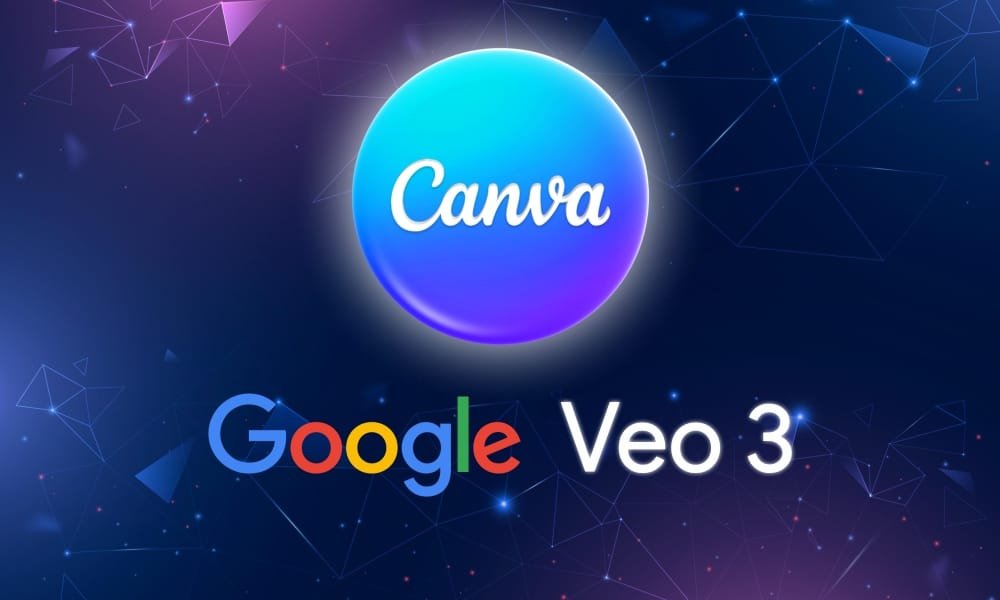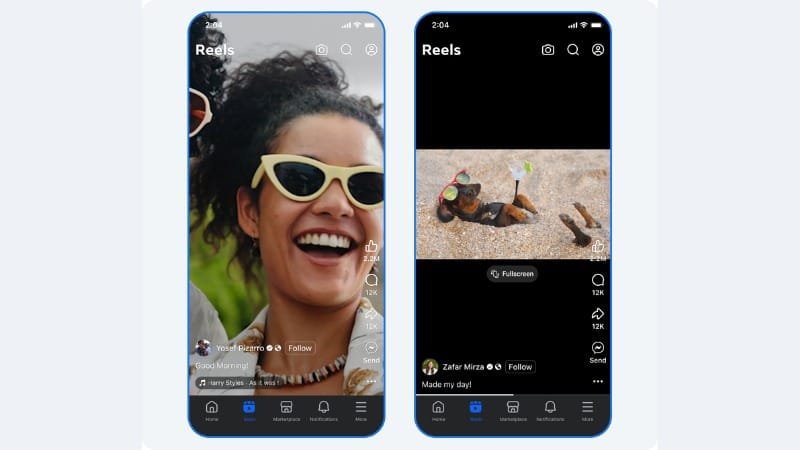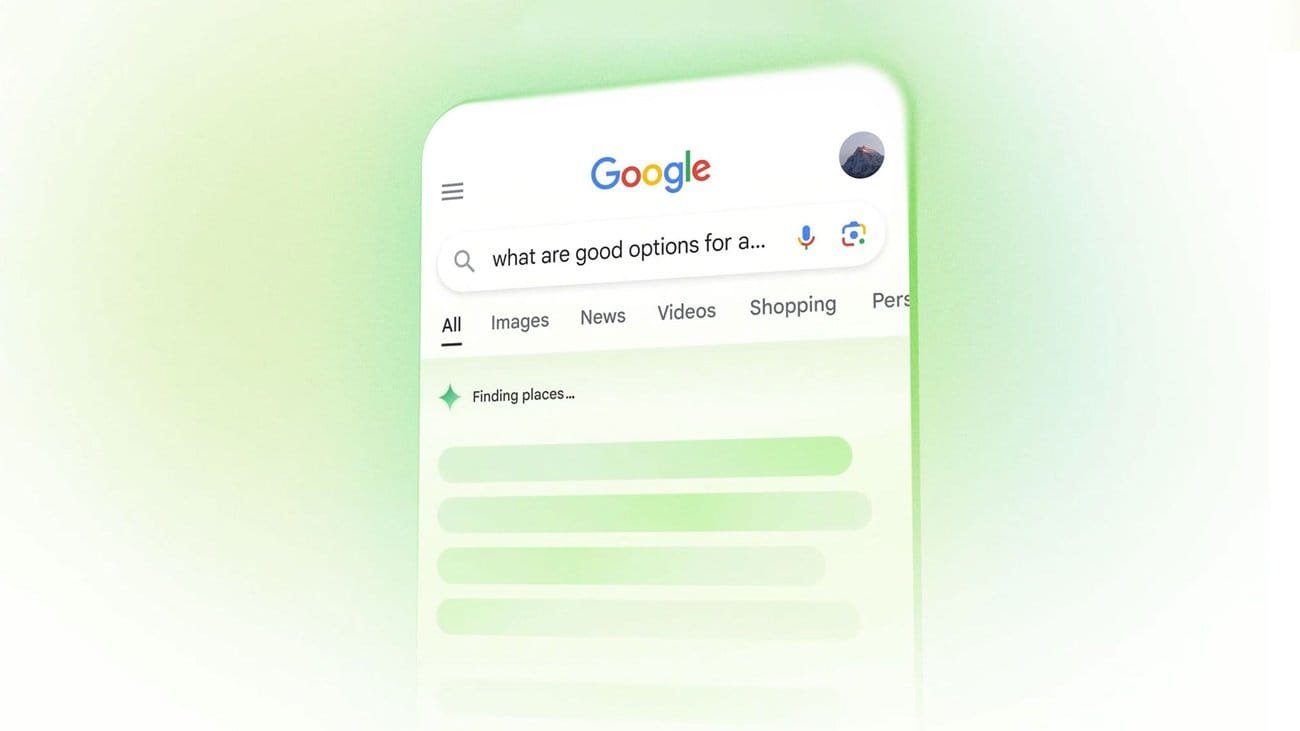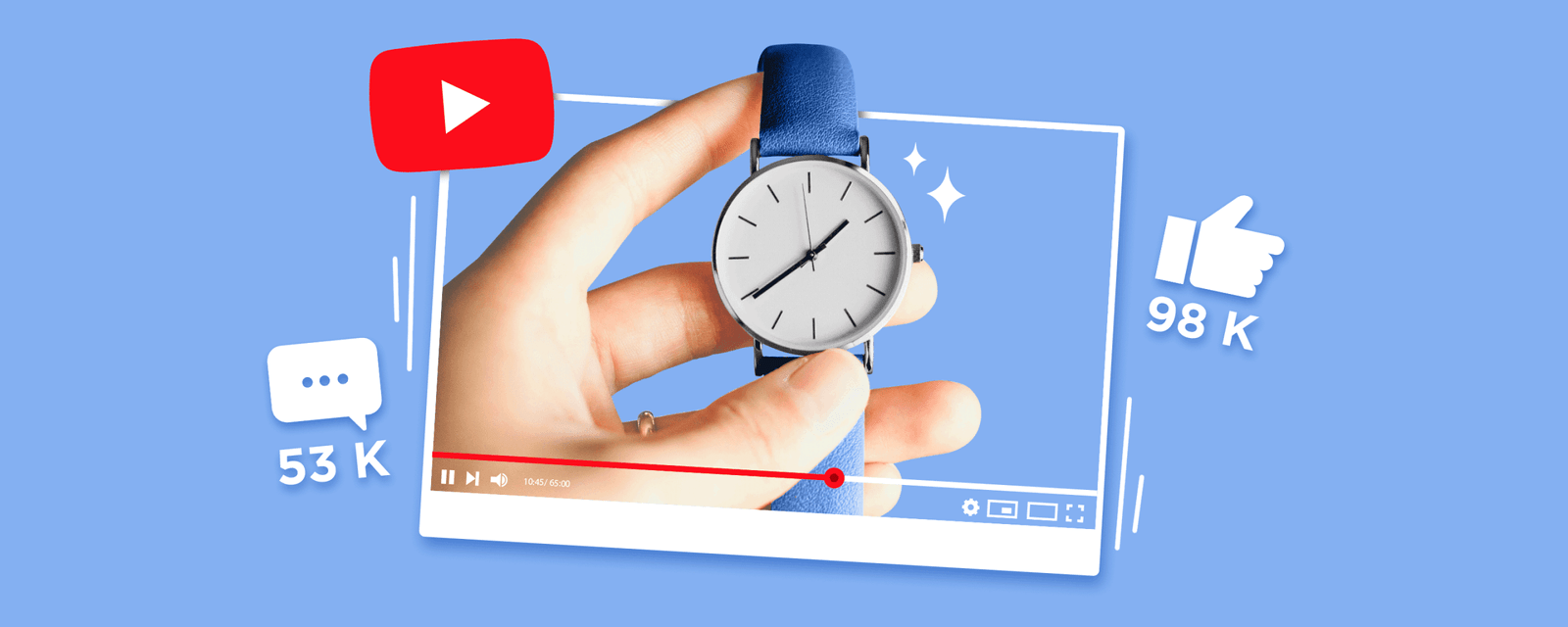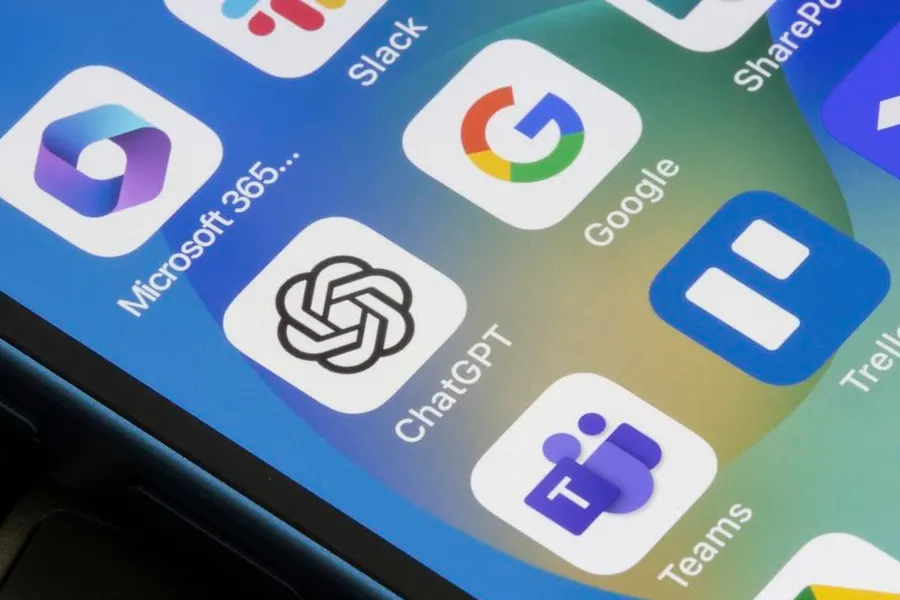SEO in crisis is becoming a reality as the search landscape shifts faster than ever. For decades, SEO professionals have adapted to Google’s evolving algorithms, refining keywords, improving site structures, and optimizing for human readers. But now, AI is introducing a new challenge: creating content that resonates not just with people, but also with AI-powered bots.
In early 2025, New York-based startup TollBit reported a 49% surge in AI bot traffic across 266 websites, including major news outlets. This reflects a growing trend—users, especially younger audiences, are turning to AI chatbots like ChatGPT, Gemini, Grok, and Perplexity for quick, concise answers. These bots scan, store, and summarize vast amounts of content, often without directly sending clicks back to the source. While bot traffic might inflate site visits, it rarely converts into genuine readers or revenue.
This shift pushes SEO in crisis because traditional methods that relied on ranking in Google’s results now face competition from AI-driven search tools. Publishers and writers risk becoming unpaid data providers for AI models, seeing fewer clicks from organic search despite more frequent crawling.
To adapt, SEO writers must rethink their approach. This means creating high-quality, well-structured, and trustworthy content that AI can easily understand and quote. Including pros and cons, summary tables, and balanced viewpoints increases the chances of being featured in AI-generated answers. Partnerships or licensing agreements with AI companies could also offer new revenue streams.
The upside? AI can streamline repetitive SEO tasks like keyword research and audits, freeing time for strategy and creativity. Predictive analytics can highlight emerging trends, helping content creators stay ahead.
While SEO in crisis signals change, it’s also an opportunity. By optimizing for both human readers and AI systems, businesses can future-proof their content and thrive in the evolving search ecosystem.
Source: BRANDCOM

